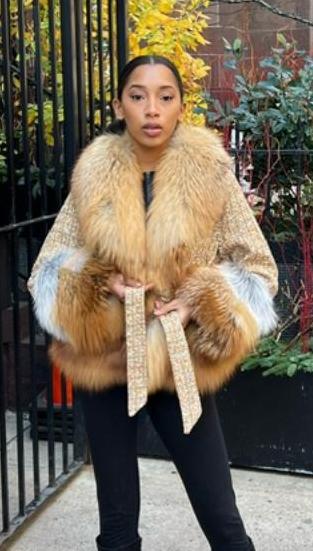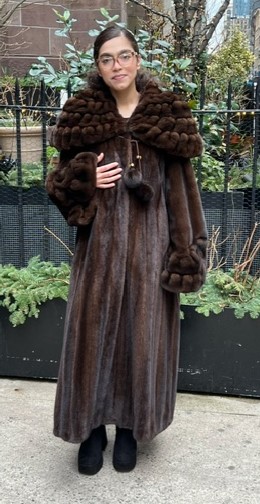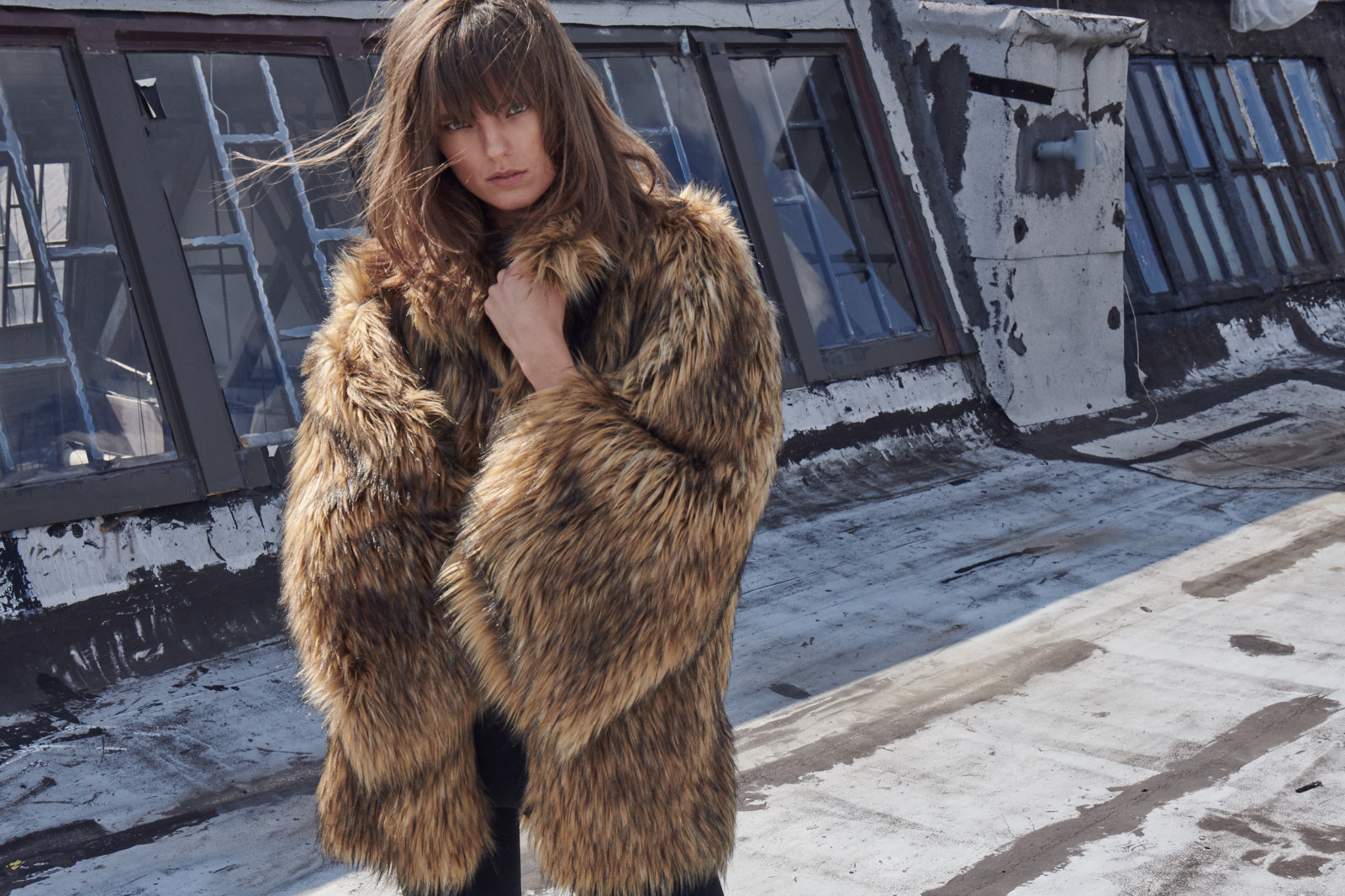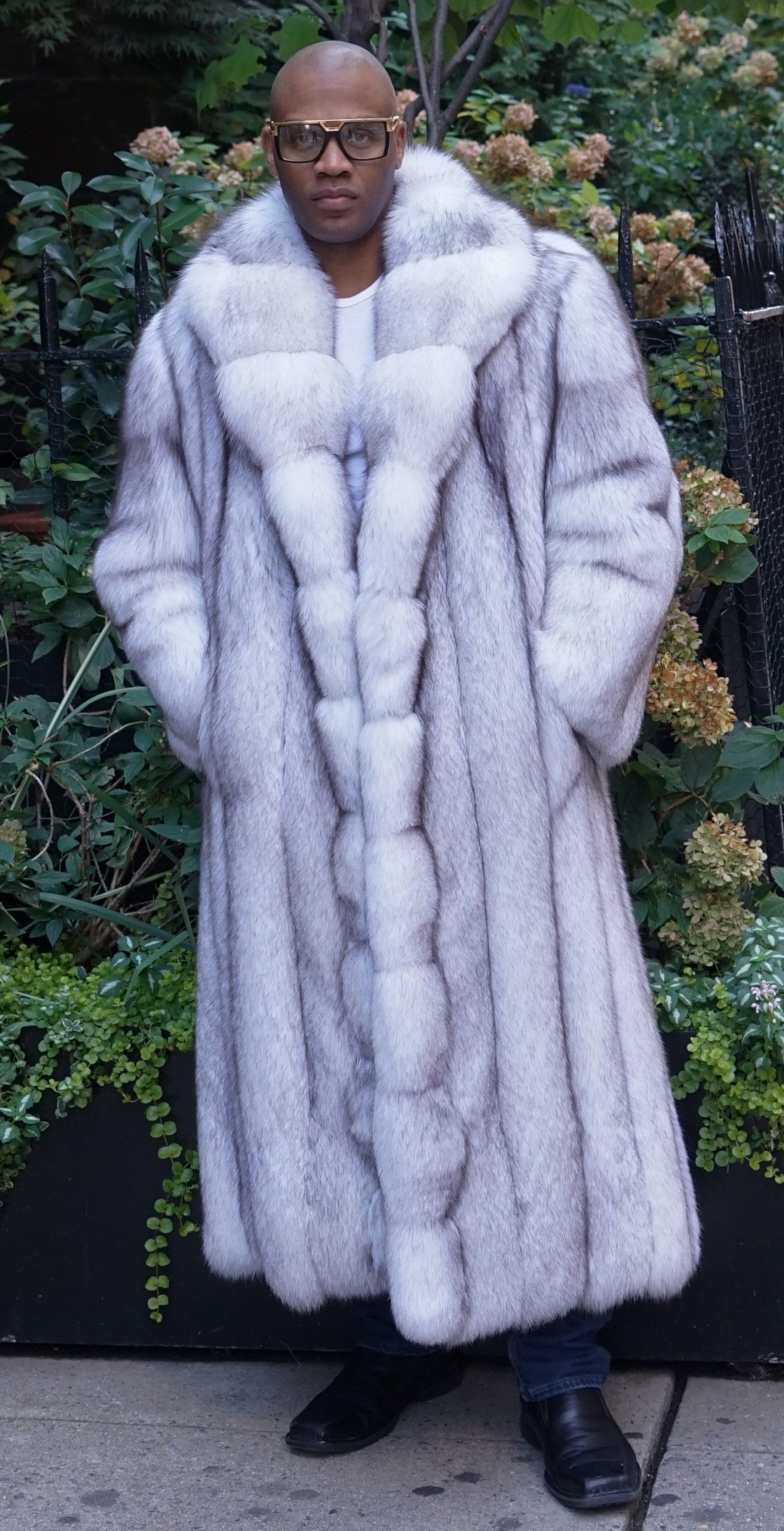
Real Fur vs Faux
Real or fake? The differences between fur and faux fur,
Both real fur vs faux fur can provide warmth, but there are some slight differences:

-
Real fur: Real fur generally offers superior warmth. The hollow core of animal fur fibers traps air effectively, creating insulation. This natural insulation is similar to what keeps animals warm in cold environments.
-
Faux fur: Advances in faux fur technology have made them much warmer in recent years. However, some faux furs may not trap heat as efficiently as real fur, especially in very cold weather.
Here are some additional factors to consider:

- Density of the fur: Denser fur, real or faux, will generally trap more air and provide more warmth.
- Length of the fur: Longer fur tends to trap more air than shorter fur, increasing warmth.
- Lining of the garment: A garment with a windproof and thermal lining will be significantly warmer than one without, regardless of the fur type.

faux fur vs real fur
Ultimately, the warmth of a fur (real or faux) garment depends on a combination of factors. For the warmest option, consider a real fur with high density and long fibers, or a well-lined faux fur coat made with a dense and insulating material.
When winter bares its teeth and icy winds bite, the quest for warmth becomes paramount. Fur, both real and faux, has long been a go-to solution for battling the cold. But with advancements in synthetic materials, the question arises: which reigns supreme in the realm of warmth? Let’s delve deeper into the science of fur and its insulating properties to understand the nuances between real and faux fur.
Unveiling the Insulating Power of Fur
Fur, whether adorning a majestic fox or a stylish winter coat, boasts a remarkable ability to trap air. This trapped air acts as a barrier, hindering the transfer of heat away from the body, keeping us warm and toasty. The key lies in the structure of fur fibers.
-
Real Fur: Nature’s masterpiece, real fur boasts hollow guard hairs and a dense underfur. Guard hairs, often longer and coarser, act as the first line of defense, repelling wind and snow. The underfur, composed of shorter, finer hairs, is the true thermal champion. These underfur fibers possess a hollow core, similar to a microscopic straw, that traps air incredibly effectively. This air layer creates an insulating barrier, preventing precious body heat from escaping. Additionally, real fur possesses natural breathability, allowing moisture vapor to escape, preventing a clammy feeling.
-
Faux Fur: Technological advancements have resulted in impressive faux fur that mimics the structure of real fur. Modern synthetic fibers can be hollow, replicating the air-trapping ability of real fur. However, these fibers often lack the intricate branching structure and density of natural underfur, potentially leading to slightly less efficient air capture.

Faux Fur Coat
Factors Affecting Warmth: Beyond Fur Type
While fur type plays a crucial role, several other factors influence the overall warmth of a garment:
-
Fur Density: The denser the fur, real or faux, the more air it can trap, leading to increased warmth. Imagine a luxurious fur coat compared to a thinly furred jacket – the denser coat will provide superior insulation.
-
Fur Length: Longer fur fibers, both real and faux, create a deeper air pocket, enhancing the insulating effect. This is why parkas with long fur ruffs around the hood are particularly effective in frigid temperatures.
-
Lining: The lining of a fur garment significantly impacts warmth. Windproof and thermal linings, often made from materials like fleece or wool, add another layer of insulation. A well-lined faux fur coat can rival a real fur coat without lining in terms of warmth.
-
Activity Level: Our bodies generate heat through movement. When exerting yourself, you may find even a moderately warm coat sufficient. However, in extremely cold weather or during periods of inactivity, a highly insulating fur garment becomes crucial.
The Great Fur Showdown: Real Fur vs Faux Fur Weighing the Warmth Options

Here’s a breakdown of how real fur and faux fur stack up in terms of warmth under various conditions:
-
Extremely Cold Weather: Real fur generally takes the crown for the most warmth in extreme cold. The combination of hollow guard hairs, dense underfur, and natural breathability provides exceptional insulation.
-
Moderate Winter Conditions: For most winter weather, a well-made faux fur coat with a thermal lining can offer sufficient warmth. Advancements in synthetic materials have blurred the line between real and faux fur in terms of functionality.
-
Active Winter Pursuits: When engaging in activities that generate heat, like skiing or snowshoeing, a lighter-weight faux fur coat or a fleece jacket might suffice. Here, breathability becomes more important to prevent overheating.
Beyond Warmth: Considerations for the Conscious Consumer

The warmth debate is just one aspect to consider. Choosing between real and faux fur involves ethical and environmental concerns as well.
-
Ethical Considerations: The fur industry often faces criticism regarding animal welfare practices. Opting for faux fur aligns with an animal-friendly approach.
-
Environmental Impact: Real fur is a natural material, but fur farming can raise concerns about habitat destruction and sustainability. Faux fur, often derived from petroleum-based materials, contributes to a different set of environmental issues.
Ultimately, the choice between real and faux fur is a personal one. Weighing the warmth factor alongside ethical and environmental considerations will guide you towards the most suitable option for your winter wardrobe.
Technological Advancements: Blurring the Lines
The future of faux fur is bright. Ongoing advancements in material science are constantly pushing the boundaries of warmth and aesthetics. New synthetic fibers mimic the intricate structure of real fur even more closely, potentially bridging the warmth gap entirely. Additionally, research into bio-based alternatives to petroleum-derived faux fur promises a more sustainable future for this option.
The Verdict: A Warm Embrace for Both
Both real fur and faux fur have their strengths and weaknesses. Real fur reigns